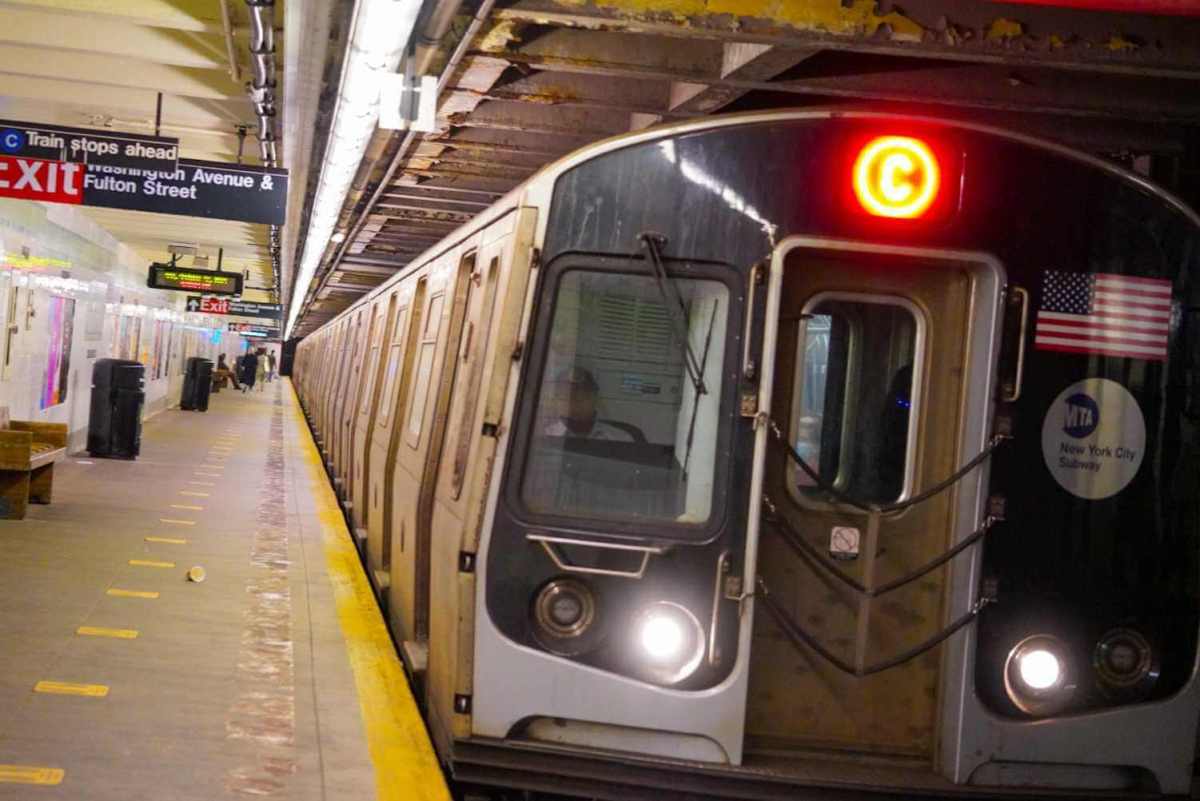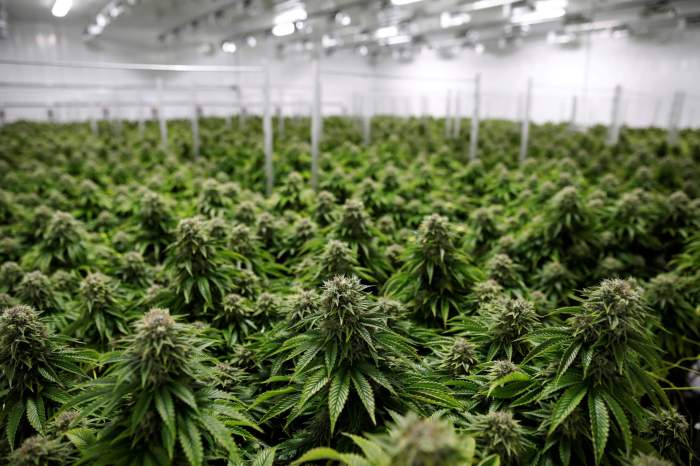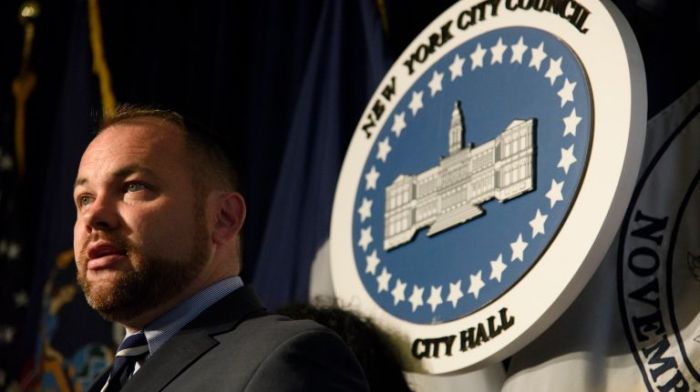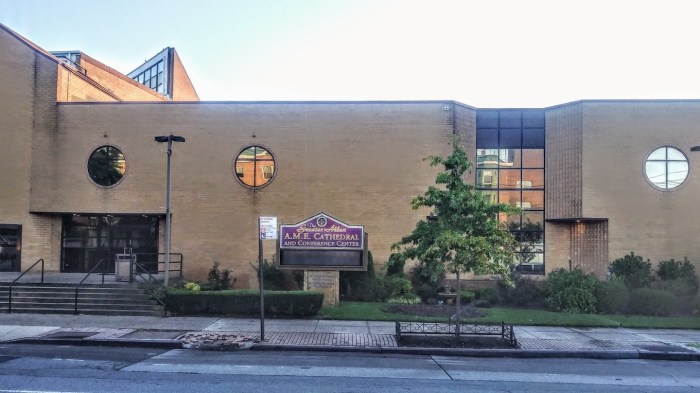New York public transit will get $10.85 billion in federal COVID-19 relief to keep service running and avoid layoffs, after the governors of New York, New Jersey, and Connecticut reached an 11th-hour agreement for how to divvy up the funds from Washington.
“As a result of a series of productive conversations with my fellow governors, I’m glad that we have reached an agreement that is beneficial to all,” said Governor Kathy Hochul in a statement Tuesday, Nov. 9. “The New York City and tristate region can’t fully recover from the pandemic without our transit agencies effectively and efficiently moving millions of people in and out of New York City each day.”
Hochul and her counterparts Governor Phil Murphy of New Jersey and Governor Ned Lamont of Connecticut reached a consensus on how to allocate the almost $14 billion in funds from two bills, giving New York $10.85 billion, followed by $2.66 billion for the Garden State, and $474 million for the Nutmeg State.
The funds aim to support transit agencies, whose riderships plummeted during the pandemic leading to millions of dollars in revenue shortfalls.
The three states argued for months on how to split up the public transit pie and had until Monday, Nov. 8, to reach a deal and send it to the Federal Transit Administration, or else lose out on an additional $2.2 billion in discretionary funding from the American Rescue Plan (ARPA) signed by President Joe Biden in March.
New York and New Jersey leaders were in disagreement on how much each state’s agencies should get from the money coming from Coronavirus Response and Relief Supplemental Appropriations Act (CRRSAA) signed into law by former President Donald Trump in December and the ARPA.
Metropolitan Transportation Authority acting chief Janno Lieber had said the money should be divided up based on operating costs, as Congress proposed, while New Jersey and Connecticut pushed for the feds to use an FTA guidance that predated the pandemic and would have earmarked more money for those two states.
The final deal is more in New York’s favor with New Jersey set to lose out on $1 billion, reported NJ.com.
Murphy had been steadfast against the model Congress used over the past 10 months, while he was also running for reelection in a tight race against a Republican challenger.
On Tuesday, Murphy said in a statement that getting the recovery funds was the top priority for the region’s recovery.
“Nothing is more critical to our region’s economic recovery than our mass transportation system. With this agreement, we ensure a reliable and safe commute as workers return to their offices,” Murphy said.
‘Compromise Formula’
Lieber of the MTA told reporters at an unrelated presser Tuesday that the states reached a compromise after New Jersey officials acknowledged they were getting $300-400 million from Philadelphia area commuters.
“We used a complicated formula called ‘Compromise Formula,'” Lieber joked when asked how he got New Jersey to agree. “They were getting a good chunk of money and that played into … how the compromise was reached, because they were comfortable in the end. Both sides got comfortable with the compromise.”
MTA officials now work to get the lion’s share of the Empire State’s allocation, but officials are still figuring out the exact distribution among local transit agencies, Lieber said.
The authority’s original goal was to get $10.5 billion and Lieber hoped to still hit that target with the newly-unlocked funds and the $2.2 billion in supplemental ARPA money the state can now apply for.
“There’s still a little bit of allocation inside the state of New York that’s ongoing,” he said. “We have an opportunity — because of the supplemental, the 2.2 billion that’s discretionary — to hit the $10.5 which has always been our goal.”
What about the infrastructure bill?
The money is separate from the $10 billion the MTA is slated to get from the five-year, $1.2 trillion infrastructure bill that just passed in the House on Friday, Nov. 5, which will go to funding more Americans with Disability Act (ADA) accessibility and zero-emissions buses.
MTA will also compete for funding to support larger construction efforts like the extension of the Second Avenue Subway, according to Lieber.
“While we don’t know exactly what will be funded in every category, it’s pretty likely the Second Avenue Subway is going to be the first to benefit,” the transit big said.
Biden’s infrastructure bill also contains $24 billion targeting the transit improvements along the Northeast Corridor, one of the world’s busiest stretches of rail between Boston and Washington, D.C.
Those funds could boost MTA projects like adding four new Metro-North stops in the Bronx along Amtrak tracks, also known as Penn Station Access, the recently-revived Penn Station redesign, and the Gateway Tunnel project under the Hudson River.




































